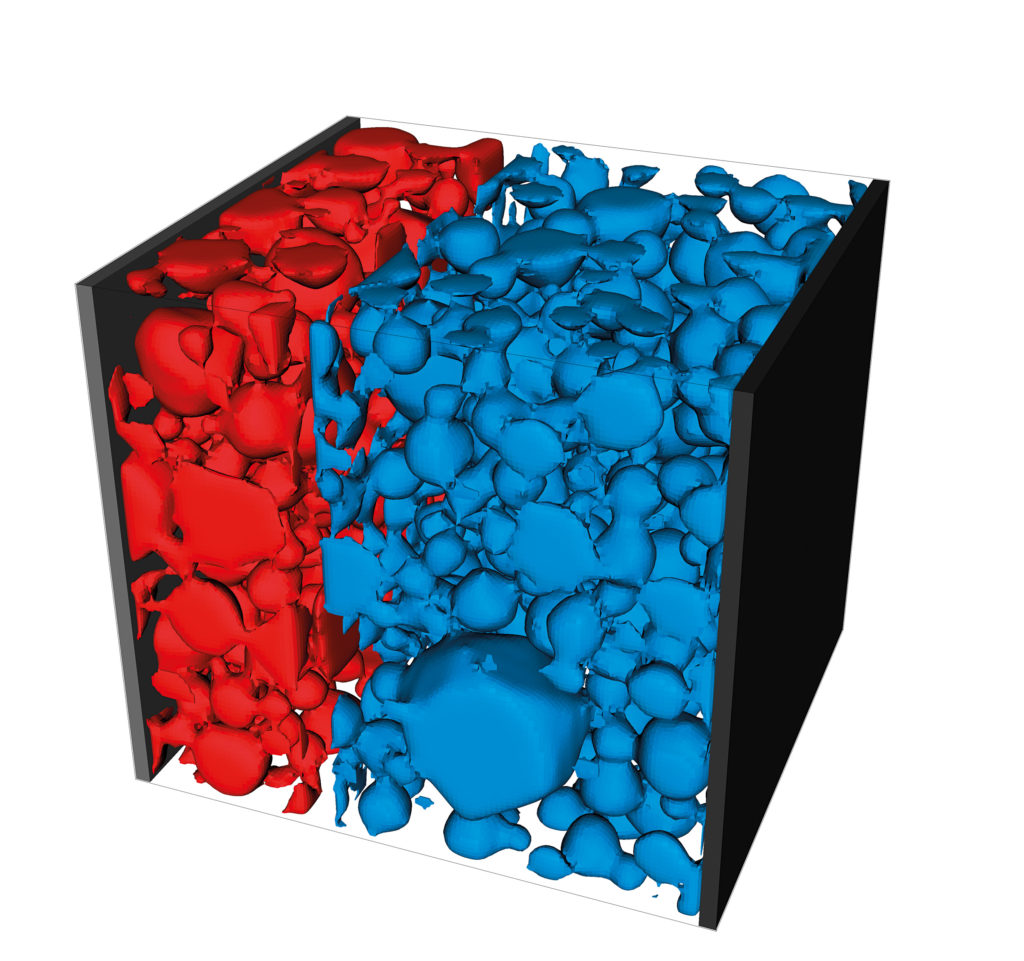The aim of the ‘DLRbat’ project is to develop reliable satellite battery systems. What is unique is that fundamental researchers are working closely with satellite developers to get reliable satellite batteries into space more quickly and economically. Five DLR institutes are collaborating, each contributing their specialist expertise. The Institute of Engineering Thermodynamics is developing the control electronics and simulating the battery’s internal functioning, in order to give the developers important information about its capacity. The Institute of Composite Structures and Adaptive Systems is developing an extremely lightweight yet mechanically stable battery structure. The Institute of System Dynamics and Control is simulating the battery’s behaviour on the spacecraft, while the Institute of Optical Sensor Systems is researching how very high power delivery can be enabled on the satellite for short periods. The Institute of Space Systems is responsible for the qualification tests to determine, for example, whether the battery can withstand the intense vibrations it will experience during launch and its behaviour under vacuum conditions.
The battery system will be qualified and tested in 2019 for TRL 5 (technology readiness level). In the follow-up project, the battery will then be further developed to fly on a satellite. In future, reliable satellite batteries with the latest battery technology (such as lithium-sulphur) can then be used without having to undergo a number of lengthy, expensive tests. The findings will play a major role not only in space, but also on Earth. The knowledge gained will help to develop higher-capacity batteries for electric vehicles and electric aircraft, as well as for the static storage needed in connection with renewable energy sources, such as photovoltaic cells and wind turbines.
German Aerospace Center (DLR)
Jörg Weiss-Ungethüm · E-Mail: joerg.weiss-ungethuem@dlr.de · DLR.de
